Higher Performance Insights | Mel·ior·ism: The Inelegant Word Turning Steps Into Systemic Change
The word sits there, awkward and academic: meliorism. But within its syllables lies the key to everything we're trying to build on our campuses, in our communities, in our world.
First coined by George Eliot in the late 19th century (Fleischacker, 2020) [1], meliorism represents the radical notion that we can make things better.
Not perfect.
Just better.
This philosophy finds striking resonance in contemporary data analysis. As Roser (2023) articulates: "The world is much better. The world is awful. The world can be much better."[2]
This paradox perfectly encapsulates the melioristic worldview.
Consider the evidence: Pinker (2018) demonstrates that global literacy has risen from 12% to 86% in just two centuries [3]. Yet millions still can't read.
Progress and problems, dancing together.
"The arc of history is long, but it bends toward justice," King (1967) reminded us [4]. But it doesn't bend itself. We bend it.
Day by day.
Choice by choice.
Action by action.
Here are three concrete examples to illustrate melioristic changes observed in the places we serve:
1. A community college writing center increased student completion rates 12% by implementing a "Quick Questions" desk - a low-barrier way for students to get 5-minute help without scheduling full consultations. Cost: $0 (existing staff rotated coverage).
2. An urban high school reduced chronic absenteeism 15% through "Breakfast & Books" - opening the library 30 minutes early with free breakfast and peer tutoring. Initial investment: $2,000 for food program startup.
3. A rural elementary school boosted parent engagement 40% by shifting parent-teacher conferences to local community centers on rotating evenings. Primary resource needed: Coordination time to secure spaces.
As Solnit (2016) eloquently puts it: "Hope is not a lottery ticket you can sit on the sofa and clutch, feeling lucky... hope is an ax you break down doors with in an emergency" (p. 4) [5].
To our campus and district leaders: This is your work. Not the grand gestures. Not the perfect solutions. But the steady, persistent push toward better.
Consider Jane Addams, who won the Nobel Peace Prize in 1931. Her work at Hull House demonstrated meliorism in action, proving that incremental progress could transform communities (Knight, 2022) [6].
Your campus isn't just a place of learning - it's a laboratory for meliorism. The question isn't "Can we solve everything?" The question is, "What can we make better today?"
Because better is possible. Better is practical. Better is the point.
References
Fleischacker, S. (2020). Being me being you: Adam Smith and empathy. University of Chicago Press.
King, M. L., Jr. (1967, August 16). Where do we go from here? [Speech transcript]. The Martin Luther King, Jr. Research and Education Institute.
Knight, L. W. (2022). Jane Addams: Spirit in action. W. W. Norton & Company.
Pinker, S. (2018). Enlightenment now: The case for reason, science, humanism, and progress. Viking.
Roser, M. (2023). Making the world a better place. Our World in Data.
Solnit, R. (2016). Hope in the dark: Untold histories, wild possibilities. Haymarket Books.
Team Discussion Question
In your department or area of responsibility, identify one "melioristic opportunity" - a specific aspect that could be improved through incremental change. What small, practical steps could you take to begin this improvement in the next 30 days? Consider both the immediate impact and potential long-term ripple effects of these changes.
Help Spread the Word
If you found value in this post, we’d love your help spreading the word! Please consider sharing this on your favorite social media platform and tag Higher Performance Group and Dr. Joe Hill. Your support helps us reach and inspire more awesome people like you!
Like What You've Read?
Get practical, research-based ideas to Accelerate
Higher Team Performance delivered straight to your inbox every Tuesday.
More Blog Articles




